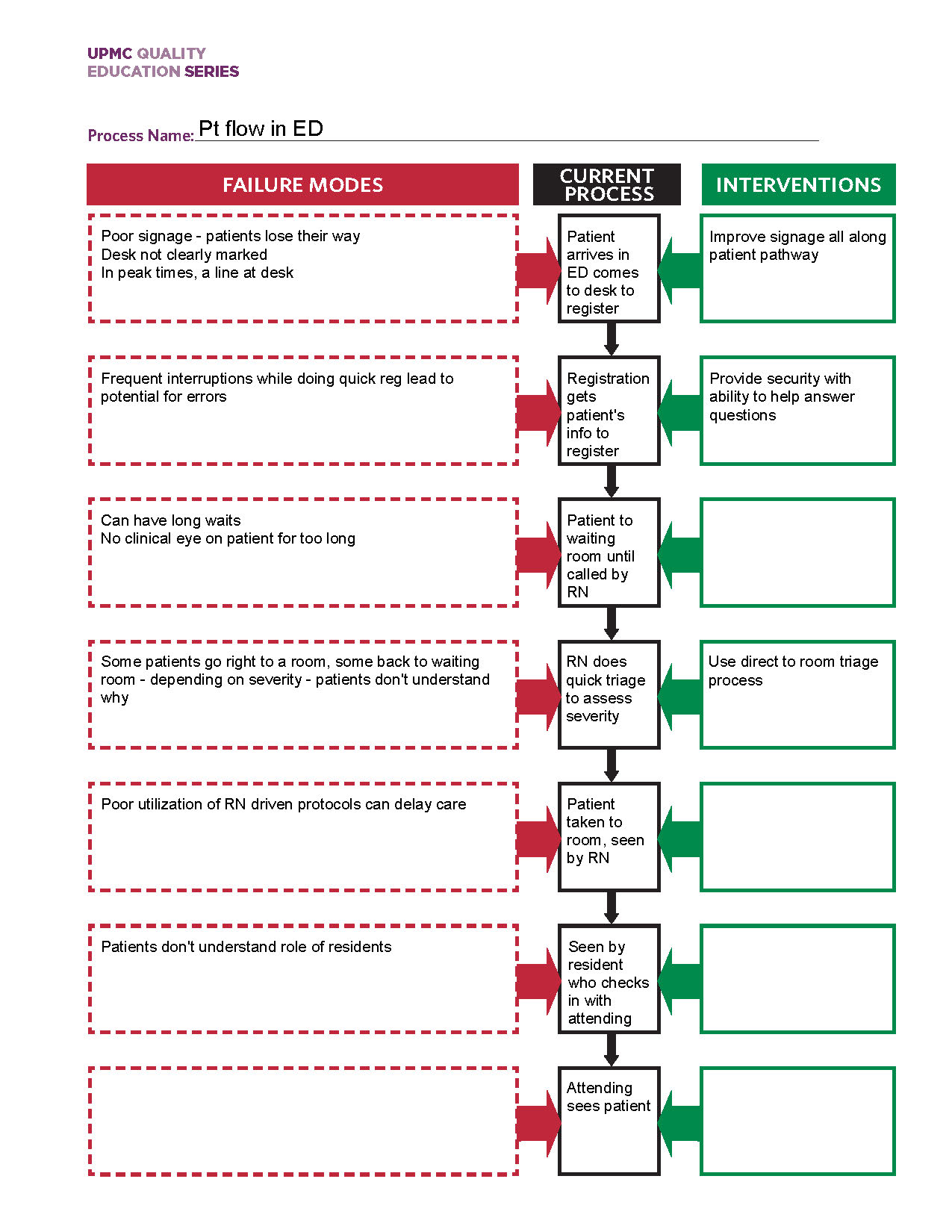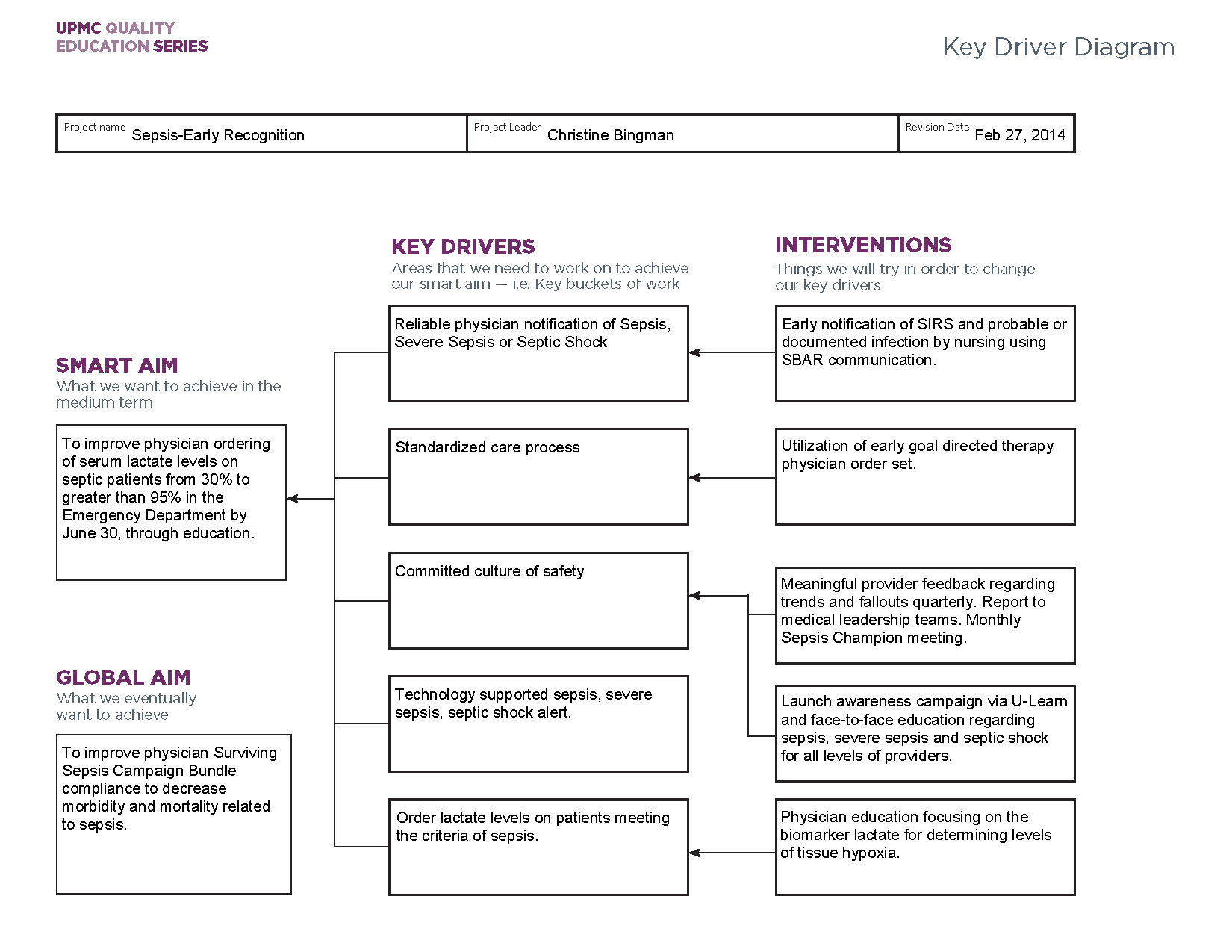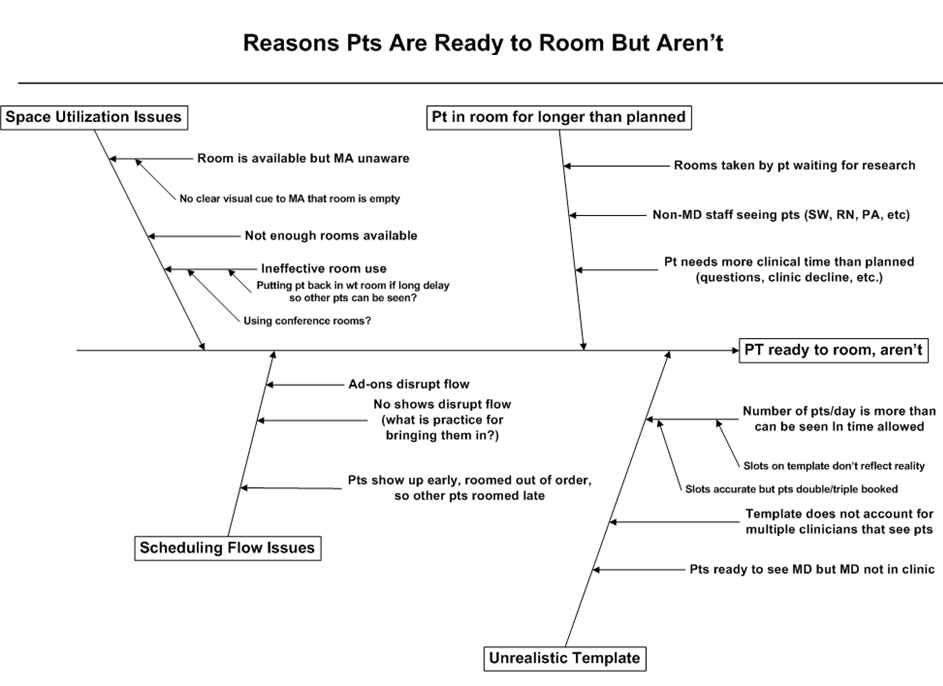
Tackling Change
A Toolkit for Quality Process Improvement
Step 2:
Assess your current state
Key Point
You need to understand what is really going on before you jump to a solution!
-
Listen to the voices of the stakeholders.
-
Talk to staff in your department, staff in departments you interact with, patients, and families to understand their barriers and goals.
-
Conduct deep dives (multidisciplinary brainstorming sessions on a problem). Ask — “What prevents you from providing ideal care?”
-
-
Conduct real-time observations of the process in action.
-
Goal — Understand barriers, waste, and details of the process in action.
-
Use an observation record to keep track of what you see.
-
Focus on the process, not the people!
-
Ask — What do our customers and patients need? When and why do we fall short?
-
Tip — Ask five front-line staff to describe the process. If answers vary, you don't have a reliable process.
-
Consider — Overly complex? Too reliant on memory? Never clearly articulated?
-
-
-
Use tools to collect and organize information and share your results with others.
-
Flow map — A process flow map shows the steps in your process. It helps you identify unneeded complexity or steps and can help you decide what to eliminate or where to start your improvement. Use our flow map template or just draw it on paper.

-
Key Driver Diagram — A Key Driver Diagram is used to lay out your project on a single sheet of paper. It shows connections between your aim, the main areas you need to work on (key drivers), and the changes that you will implement.

-
Spaghetti Diagram — This is used to show movement, identify possible waste, and assess layout. To create, draw a flow plan, chose someone to shadow, and trace their path as they work. Combine with giving staff a pedometer to measure steps.
-
Fishbone Diagram — A Fishbone Diagram organizes problems into broader categories to tackle (like key driver diagram). It is often used after a deep dive or brainstorming session as a first step to organize the issues and decide which to focus on.

-
Do you need help with this step? Drop us an email at QualityQuestions@upmc.edu and Wolff Center staff will be happy to help you.
